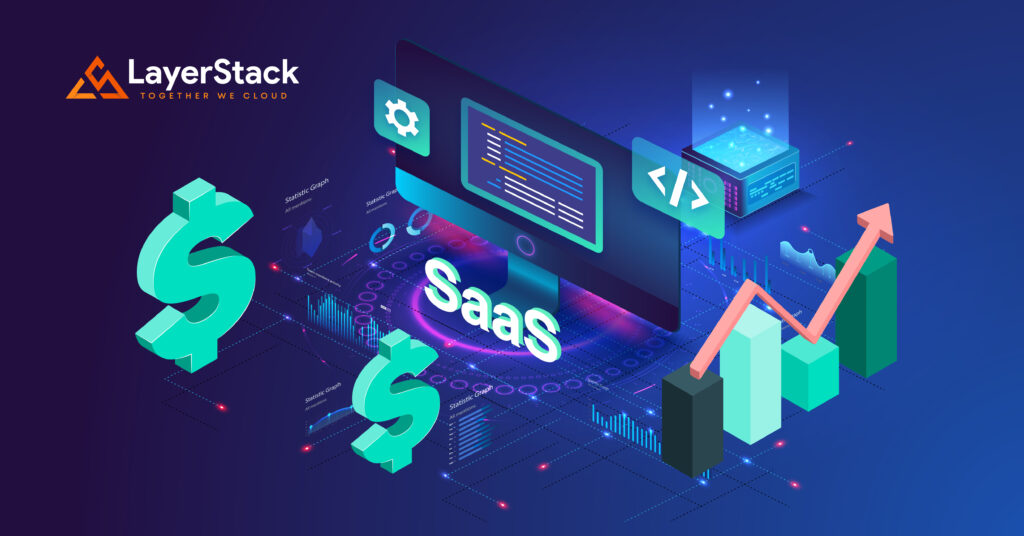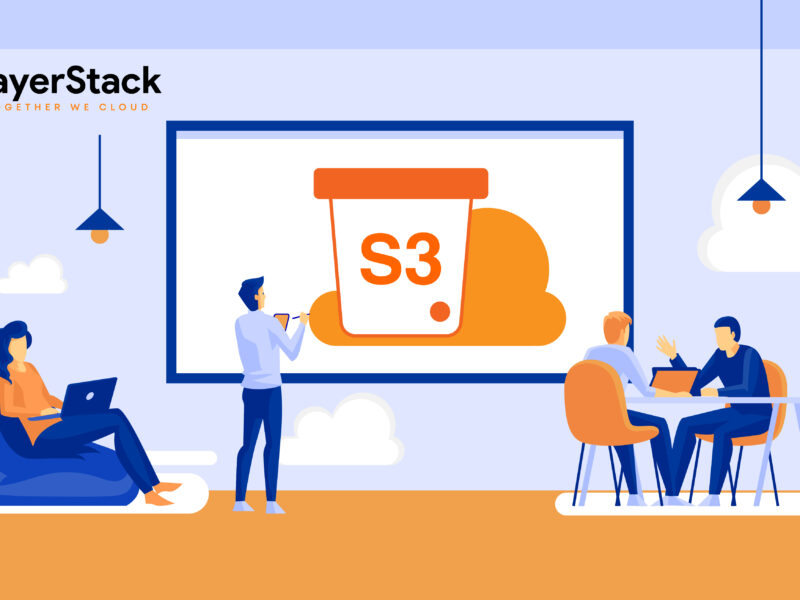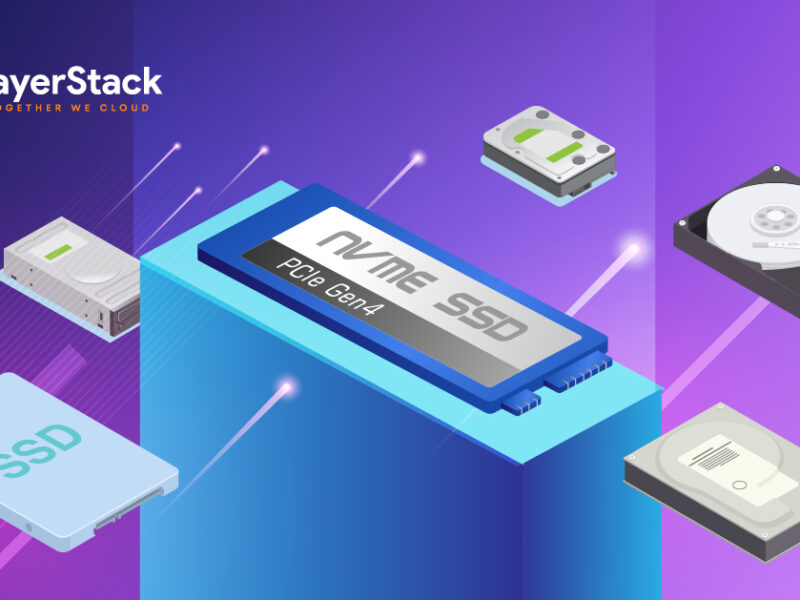
The rising adoption of Software as a Service (SaaS) has transformed the cloud industry landscape, offering professionals a range of benefits and factors to consider:
Easy Scalability
One of SaaS’s key advantages is its unmatched scalability, allowing businesses to adjust their license usage based on their evolving needs. Predicting the future, especially amid unexpected events like the COVID-19 pandemic, is challenging. Growth might lead to hiring, while market uncertainty could lead to downsizing. In the past, when on-premises servers were dominant, estimating staffing needs was crucial. Overestimating led to wasted resources, and underestimating resulted in costly expansions. SaaS scalability addresses these issues by enabling license procurement based on actual requirements.
Reliable Accessibility
SaaS excels in high availability due to its seamless web-based access. Users can access SaaS services anytime, anywhere, with minimal instances of downtime. This availability surpasses that of self-managed servers, eliminating complex maintenance problems.
Effortless Automated Updates
SaaS includes automatic updates, saving users from the hassle of manual updates required by traditional software. While all software has imperfections, SaaS simplifies the process. Service providers handle updates, ensuring uninterrupted operations. Additionally, SaaS providers are continually innovating, introducing new features through updates, providing users with the latest offerings.
Cracking the Total Cost of Ownership (TCO) Puzzle

Understanding the cost comparison between on-premises systems and SaaS involves exploring the concept of Total Cost of Ownership, comprising three key aspects:
Direct Costs
Direct costs include expenses for procuring systems or services. On-premises systems involve software and hardware costs, while SaaS entails subscription expenses.
Indirect Costs
Indirect costs cover resources invested in deployment, maintenance, and troubleshooting. On-premises systems require hands-on setup, updates, and repairs, while SaaS reduces these expenses.
Hidden Costs
Hidden costs arise during service usage, such as downtime due to system failures, disrupting operations. While difficult to quantify, acknowledging these costs is crucial.
Taking a Comprehensive Approach
For startups with limited resources, SaaS offers an attractive solution due to its low initial costs and minimal personnel involvement. However, established businesses considering SaaS should approach the transition thoughtfully. By considering various cost factors and using the Total Cost of Ownership framework, cloud industry professionals can make well-informed decisions aligned with their goals.


